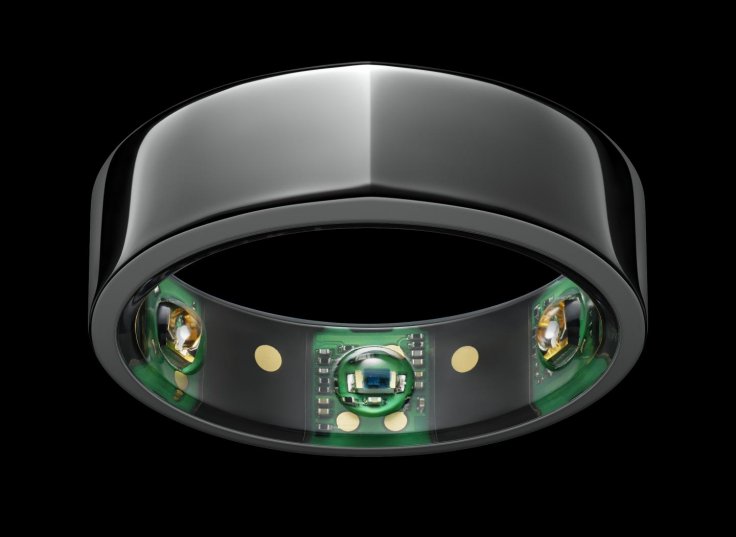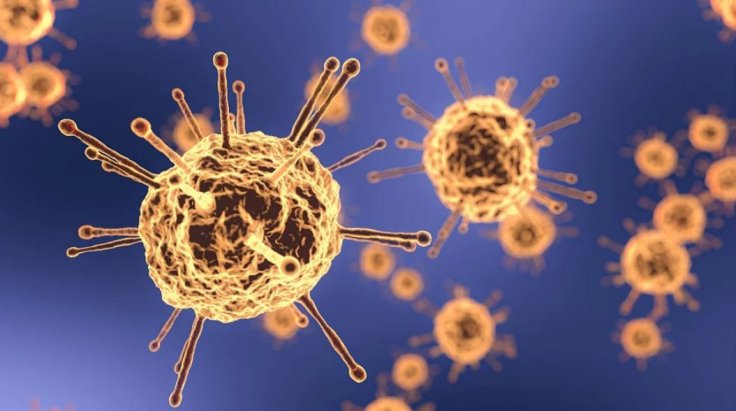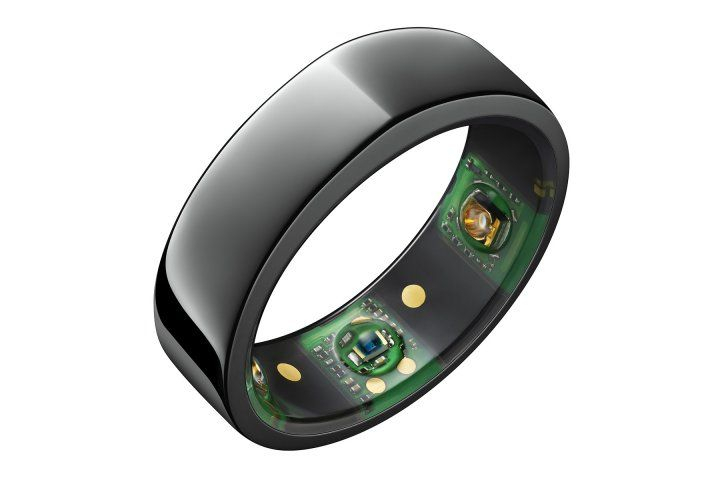How helpful and convenient would it be if one could learn about an impending bout of COVID-19 even before they could develop noticeable symptoms? Making such a scenario a reality, a new study has reported that a smart ring—that collects temperature data of the wearer—can be used to detect the outset of a fever, which is one of the most common symptoms of the SARS-CoV-2 coronavirus infection.
According to researchers from the University of California-San Diego, UC San Francisco, and MIT Lincoln Lab, the device can be more efficient at recognizing illness than a thermometer. This can in turn aid in earlier isolation and testing, and lead to the restriction of the disease's spread, suggested the proof-of-concept effort.

Talking about the potential of wearable devices in detecting COVID-19 early, Dr. Ashley Mason, senior author of the study, said in a statement: "The hope is that people infected with COVID will be able to prepare and isolate sooner, call their doctor sooner, notify any folks they've been in contact with sooner, and not spread the virus,"
Monitoring Temperature Data for COVID-19
While there are numerous symptoms that are associated with the novel coronavirus infection now, a sharp rise in body temperature or fever continues to remain one of the most common symptoms. Therefore, tracking subtle changes in temperature could help an individual tackle the disease in a timely fashion.
The current study is the first to be published as a part of TemPredict, a research involving 65,000 participants wearing a sensor-containing ring developed by Oura, a Finland-based startup. The device records heart rate, levels of activity, respiratory rate, and temperature.

For the study, the authors analyzed the data of 50 Oura ring owners who had reported having COVID-19. The individuals provided the research team with their symptom summaries as well. With the consent of the participants, weeks of temperature data for each of the participants during the duration of their sickness was examined.
It also helped identify a typical temperature range for each of them. "Temperature varies not only from person to person but also for the same person at different times of the day," explained Dr. Benjamin Smarr, corresponding author of the study.
Detecting Sickness Through Undiscovered Symptoms
Following the analysis of the data, it was learnt that the signals for the onset of fever were not subtle informed Dr. Smarr. "The chart tracking people who had a fever looked like it was on fire," he stated. The researchers found that in 38 of the 50 participants, fever was recognized when other symptoms were unreported or even unnoticed.

While the authors admit that the number of participants included in the study was too small to extend the findings to a wider population, they expressed pleasure that the device could detect illness when the symptoms were unnoticed or subtle.
"This raises the question of how many asymptomatic cases are truly asymptomatic and how many might just be unnoticed or unreported. By using wearable technology, we're able to query the body directly," noted Dr. Smarr.
Increased respiration rate, reduced heart rate variability, and increased heart rate, were other sickness-related changes that the ring detected. However, they were not found to have a strong correlation, the authors remarked.
Aiding Additional Research and Health Response

Much like how the data how it facilitated the current research, the data from the TemPredict study will be at the San Diego Supercomputer Center at UC San Diego, where a platform to provide access to the data to other researchers is already underway.
Another important of the study is created an algorithm that can help predict the beginning of symptoms such as cough, fatigue, and fever, all of which are associated with COVID-19. The authors expressed hope of achieving this goal by the end of 2020.
Additionally, the team also hoped that the algorithm will aid public health authorities in mobilizing necessary actions in a timely manner to contain the spread of the infection. "The data collected has great potential to be linked with other datasets making individual and societal scale models be combined to further understand the disease," observed lkay Altintas, chief data science, San Diego Supercomputer Center.









